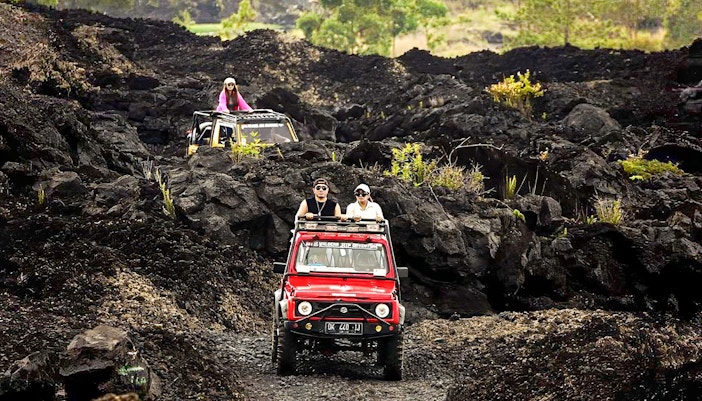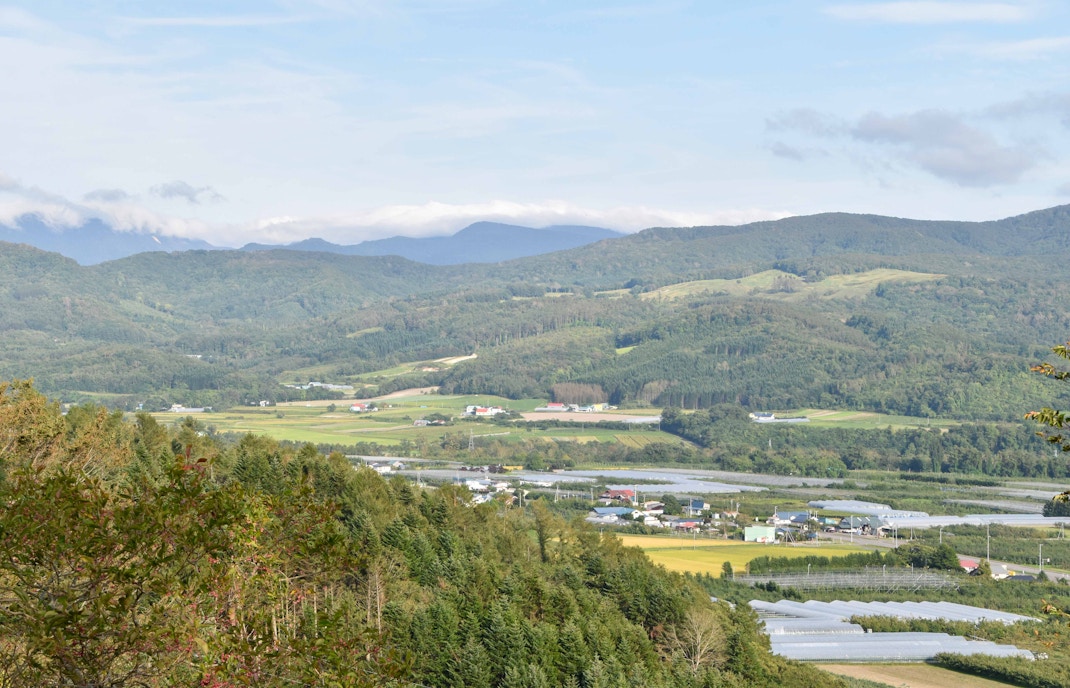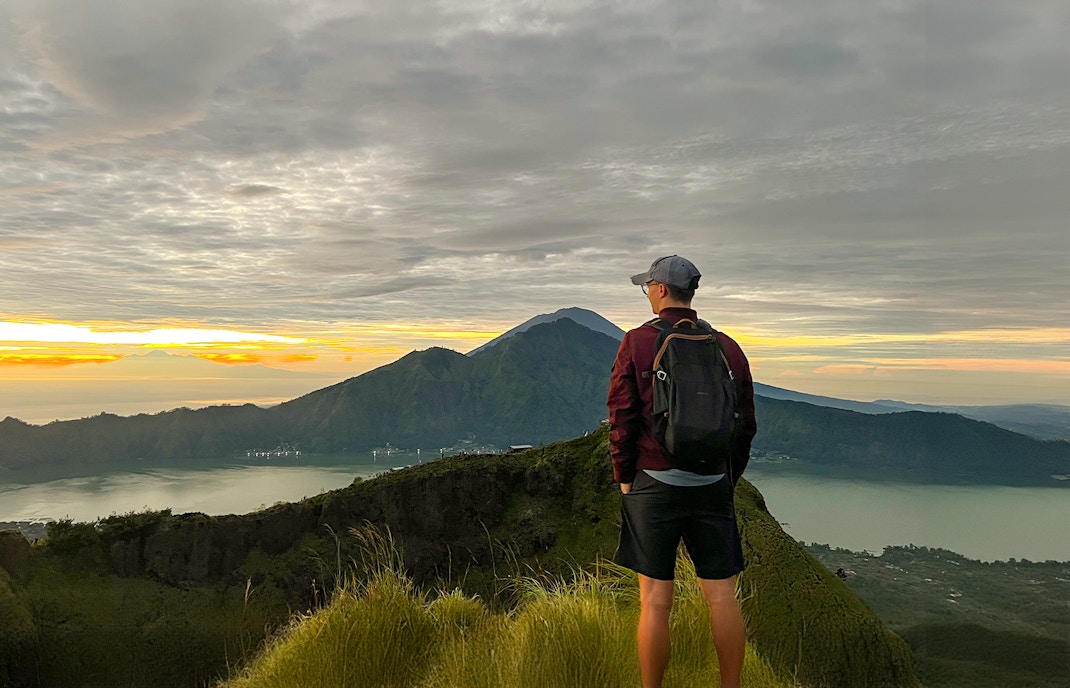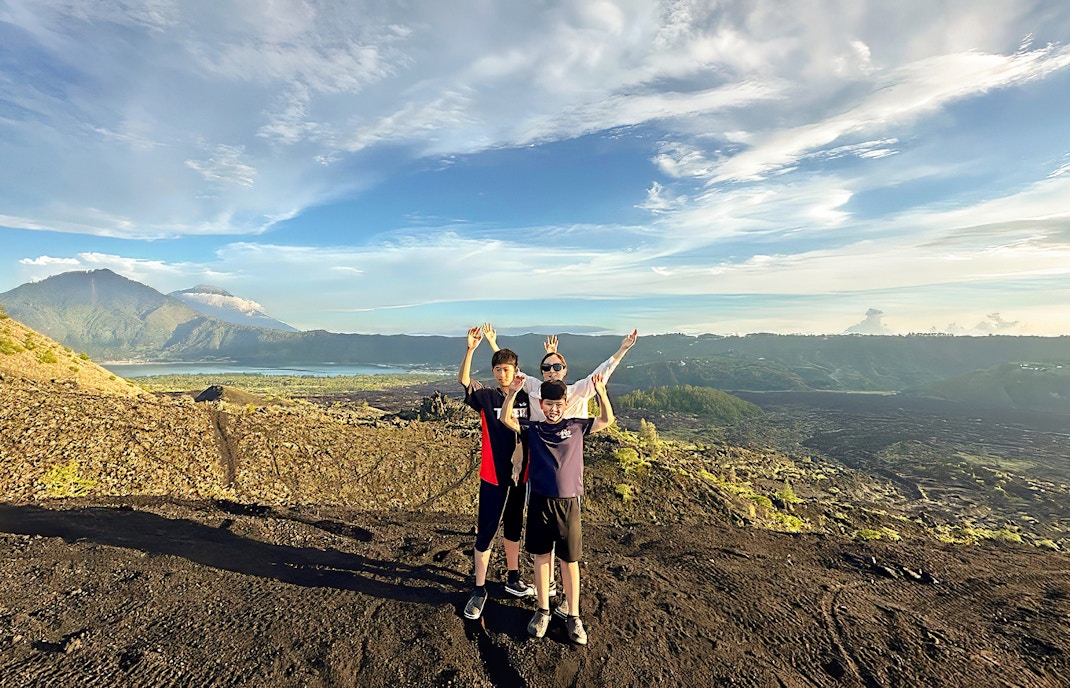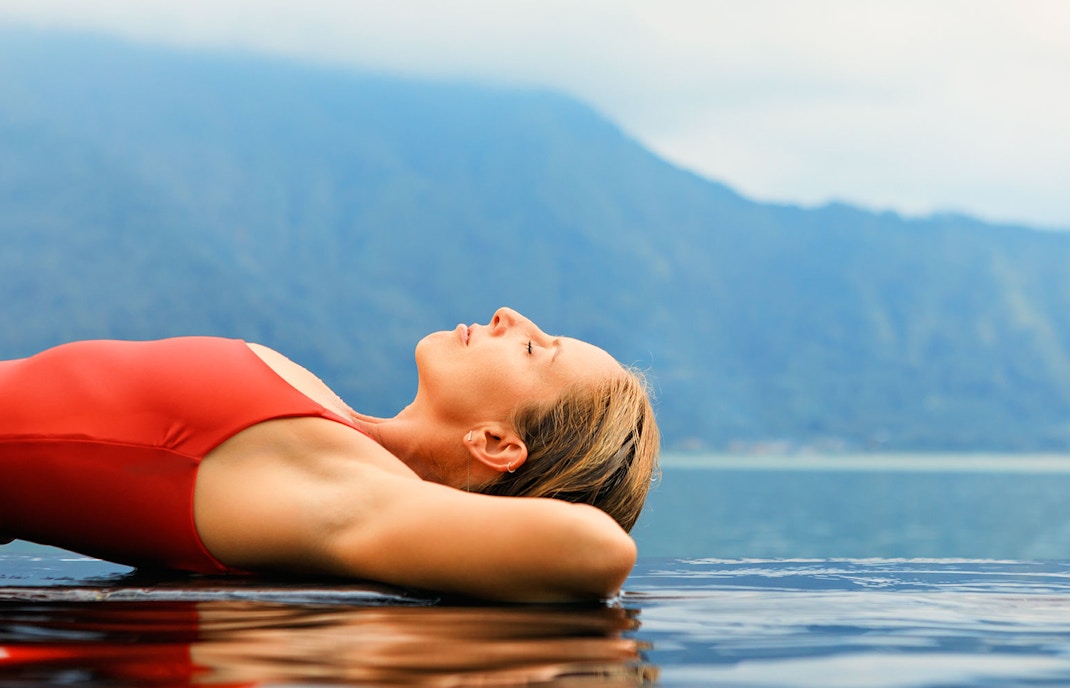This is the goal for most sunrise trekkers. It’s 1,717 meters high, reachable in about 1.5 to 2 hours if you're starting from the standard trailhead. The views stretch over the lake and caldera, and on a clear day, you’ll see Mount Agung and even Lombok’s Mount Rinjani.
Understanding the geography around Mount Batur
Mount Batur sits inside a massive caldera that was formed by an ancient, cataclysmic eruption. And here's where it gets interesting: there's not just one crater but an inner and an outer caldera, a lake, a handful of villages, and a web of trails and viewpoints that connect everything. So before we get to the map, let me walk you through what’s where.
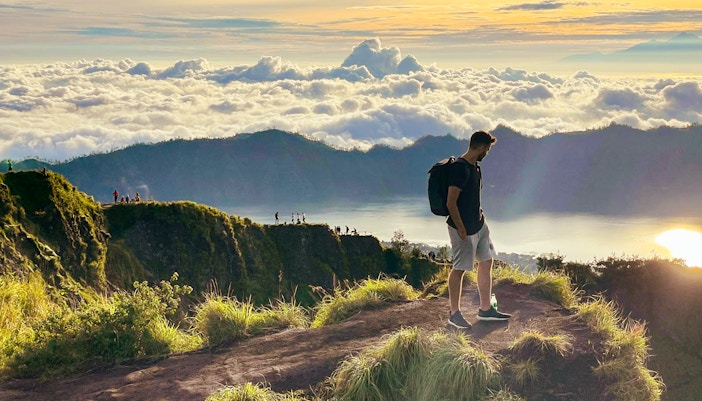
Mount Batur Summit
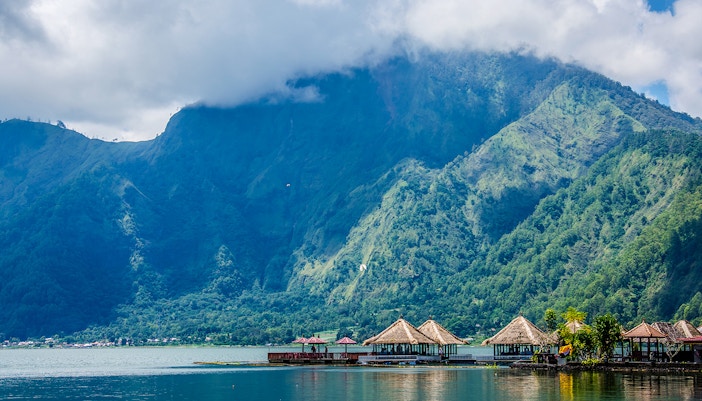
Lake Batur
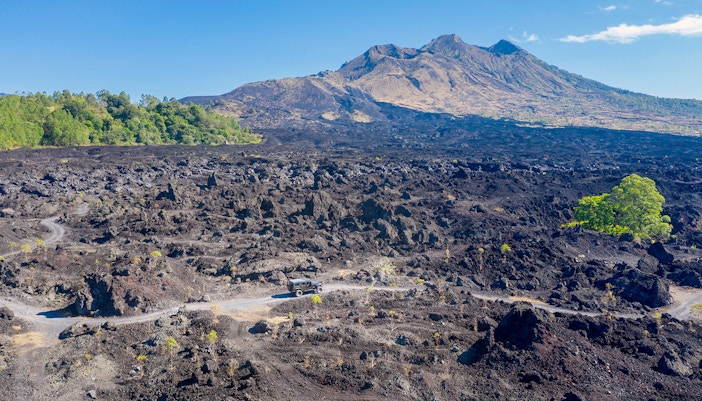
Black Lava field
Black Lava field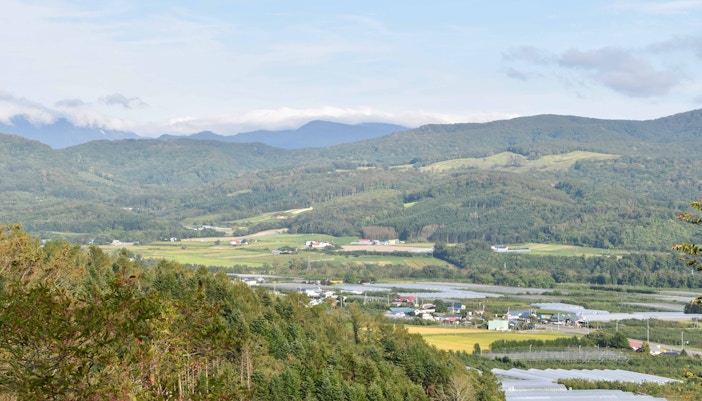
Toya Bungkah
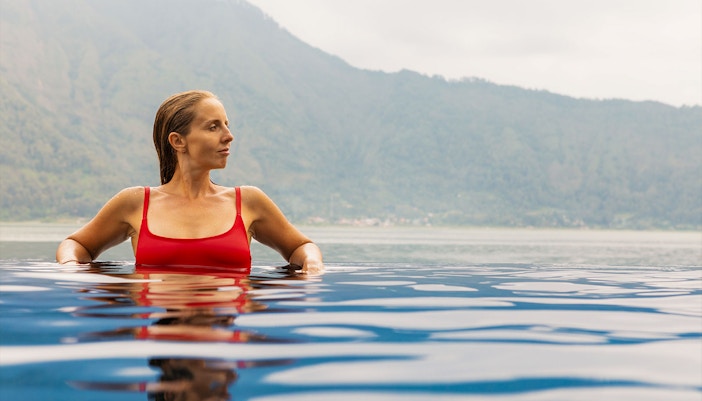
Toya Devasya & Batur Natural Hot Springs
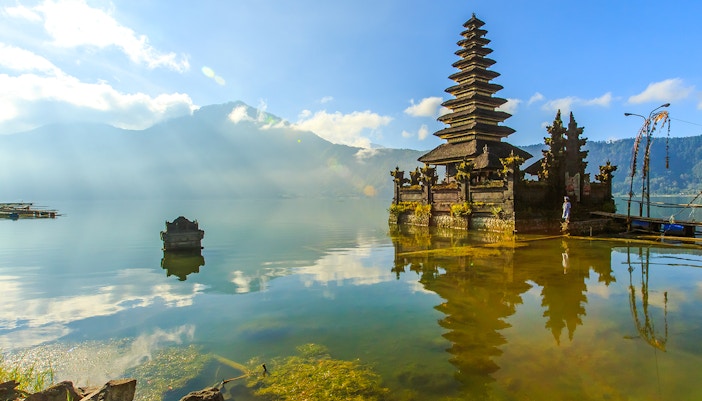
Pura Ulun Danu Batur
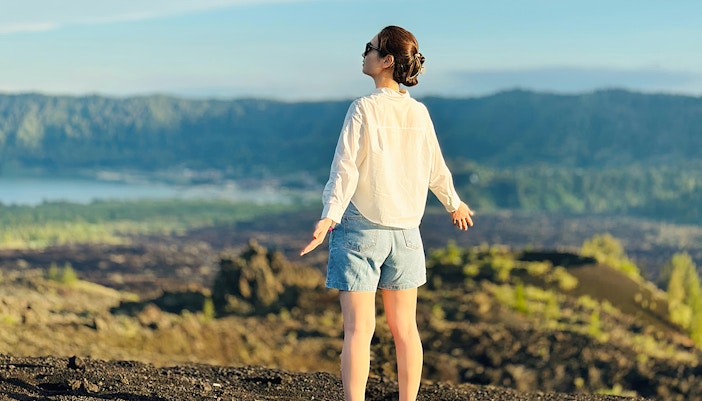
Penelokan & Kintamani Ridge
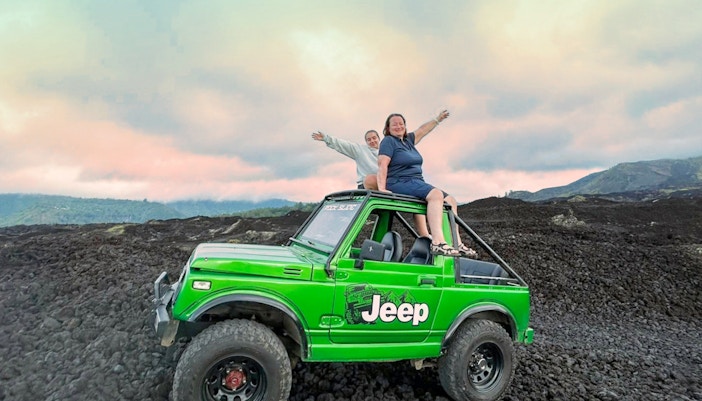
Lava Tube Caves
